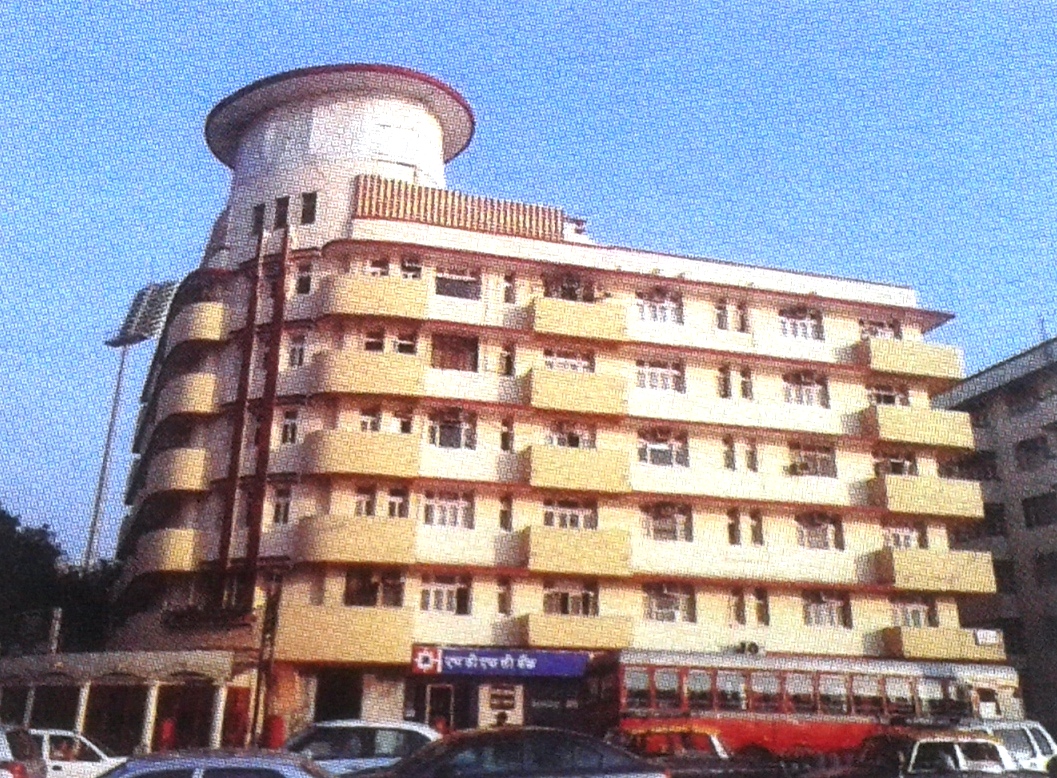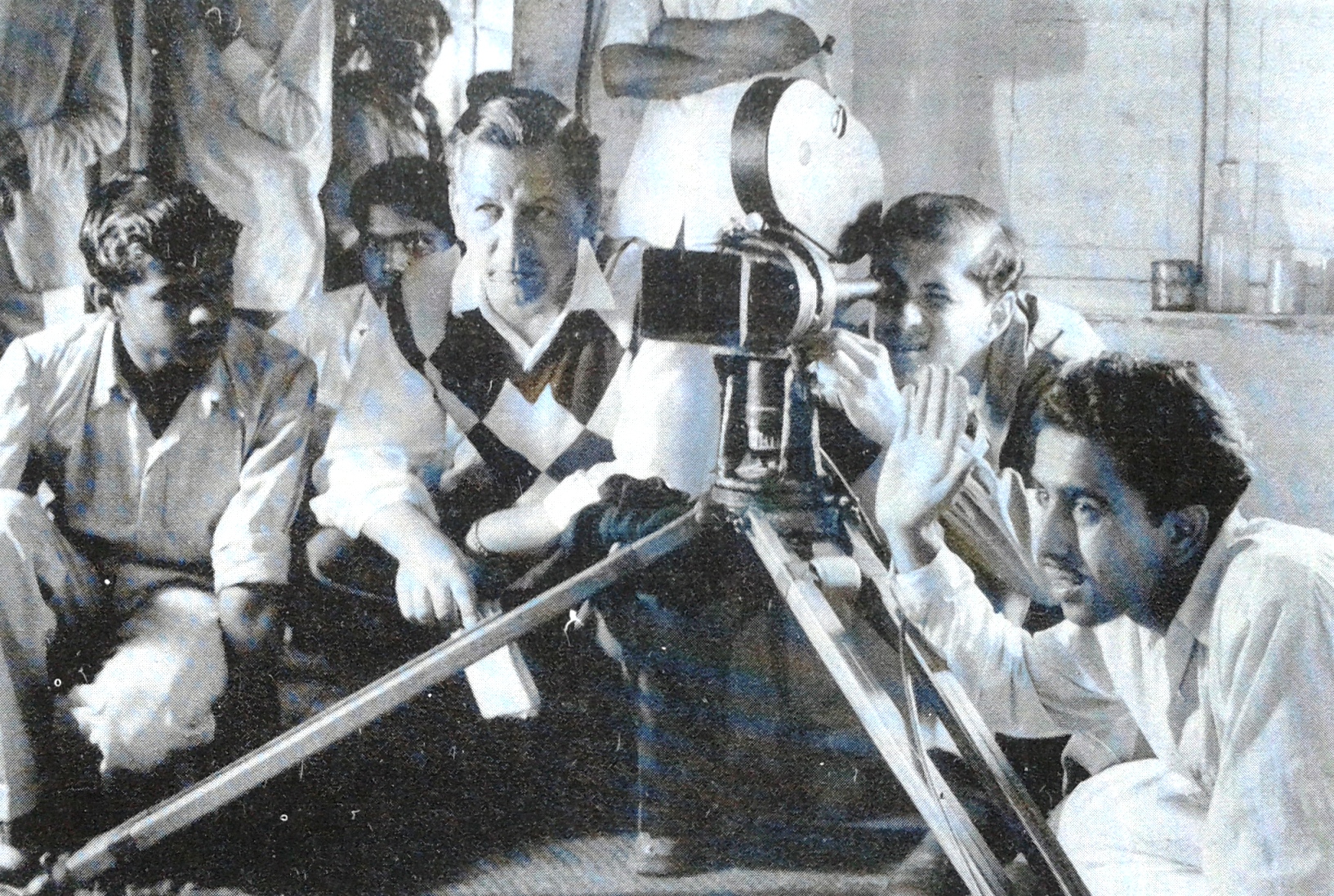Archive
Paul Zils
- Paul
- Zils
- 18-06-1915
- Barmen (DE)
- 30-03-1979
- Munich (DE)
- Filmmaker
Paul Zils became a central figure in the realm of the Indian documentary film history. Before his emigration to Bombay in 1945, he had worked at Ufa in Germany.
Word Count: 28

Image of Paul Zils, around 1950 (© Private Archive Amrit Gangar). 
Soona Mahal at Mumbai’s Marine Drive, where Zils lived in an apartment flat, 2002 (Photo: Amrit Gangar). 
Zils shooting a documentary film, Fali Bilimoria on camera and the assistant Sukhdev (waving a hand), who later joined the Films Division, 1955 (© Private Archive Amrit Gangar). Bhattacharya, Chandrima S. “Hitler hand in advance of Hindi cinema.” The Telegraph online, 15 January 2006, www.telegraphindia.com/india/hitler-hand-in-advance-of-hindi-cinema/cid/824871. Accessed 20 March 2021.
Gangar, Amrit. “Paul Zils: Filmography.” Idem. Paul Zils and the Indian Documentary. Goethe Institut / Max Mueller Bhavan, 2003, pp. 77–79.
Gangar, Amrit. “Ten Years: Documentary-Making in India – I, Paul Zils.” Idem. Paul Zils and the Indian Documentary. Goethe Institut / Max Mueller Bhavan, 2003, pp. 51–57.
Gangar, Amrit. “Ten Years: Documentary Making in India – II, Paul Zils.” Idem Paul Zils and the Indian Documentary. Goethe Institut / Max Mueller Bhavan, 2003, pp. 58–63.
Gangar, Amrit. “Ten Years: Documentary Making in India – III, Paul Zils.” Idem. Paul Zils and the Indian Documentary. Goethe Institut / Max Mueller Bhavan, 2003, pp. 64–69.
Gangar, Amrit. “Discovery and Restoration of Documentary Film India’s Struggle for National Shipping.” Journal of Ship Technology, vol. 4, no. 2, July 2008, pp 56–58.
Rajadhyaksha, Ashish, and Paul Willemen, editors. Encyclopaedia of Indian Cinema, Oxford University Press, 1999.
Word Count: 146
Online Catalogue of the German National Library (via the link ‘Open Archive Object’), www.dnb.de/EN/Benutzung/Katalog/katalogDNB_node.html . Accessed on 20 March 2021.
Word Count: 25
Bombay, India (1945–1959)
Famous Cine Building, 223 Dr E. Moses Road, Mahalakshmi, Bombay (now Anandilal P Marg, Mahalakshmi, Mumbai).
- Bombay
- Amrit Gangar. "Paul Zils." METROMOD Archive, 2021, https://archive.metromod.net/viewer.p/69/2951/object/5138-12032767, last modified: 13-09-2021.
-
Lesser’s Boarding HouseHotelGerman Jewish boarding houseBombay
During the 1940’s Max Lesser ran one of the very few German-Jewish boarding houses in Bombay – in the art deco “Soona Mahal” on Marine Drive.
Word Count: 25
Willy HaasEditorScript WriterCultural CriticBombayThe former editor of Die Literarische Welt fled to Bombay in 1939. In India Haas worked as scriptwriter for Bhavnani Productions – and had further impact on modern Indian film.
Word Count: 28